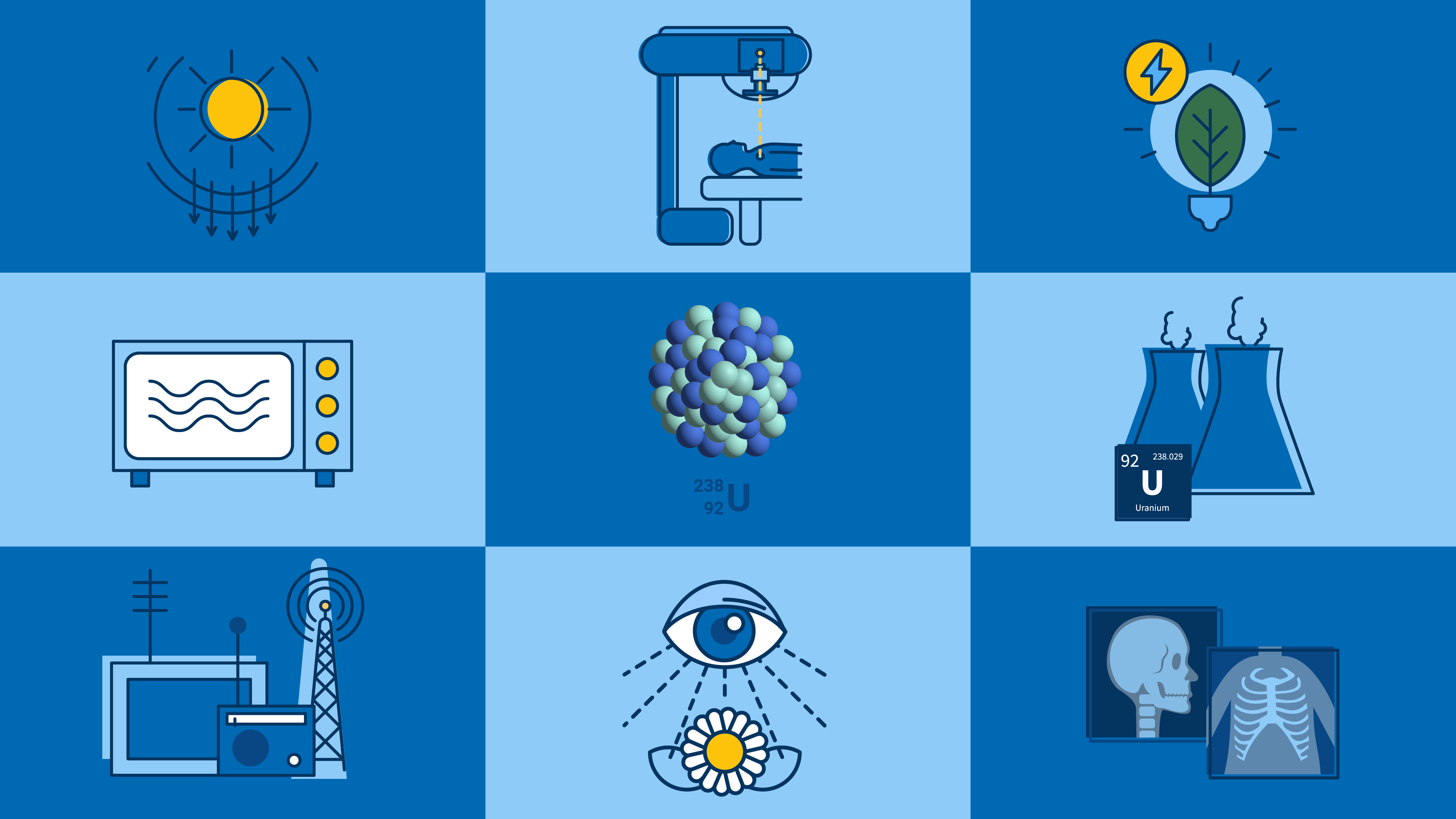
Radiation is the energy released as electromagnetic waves or traveling subatomic particles. High-energy radiation causes some of the body’s cells to break down or die, leading to cancer. The bone marrow cells and the intestinal tract lining are the parts of the body most susceptible to damage from high-energy radiation.
Causes of radiation
Some naturally occurring radioactive compounds in soil, water, air, and the human body produce radiation. People regularly consume and breathe in radioactive materials from food, water, and the air. This may not be harmful on its own.
Harmful radiation exposure can come from the following:
- Unintentional events (accidents)
- Deliberate circumstances such as medical or work-related ones
- Natural sources such as radon in homes, solar radiation, internal body radiation, cosmic radiation, and external terrestrial radiation.
One may be exposed to radiation in the workplace, depending on the profession. Radiation, for instance, is frequently utilized in the medical field to diagnose or treat patients, in the mining business to process minerals and ores, and in technology that powers our houses and gadgets.
It is important to mitigate occupational radiation risks. Some workplaces produce factsheets on occupational exposure intended to educate employees about the types of radiation they might be exposed to, potential health risks, and appropriate self-protective measures. In Mexico, the UEW Healthcare program addresses the difficulties experienced by former workers in the energy sector who are exposed to radiation.
These days, radiopharmaceuticals used in radiotherapy or diagnostic procedures and other medical devices are the most frequent artificial sources of radiation exposure for humans.
Exposure can occur internally—via ingestion, inhalation, or contact with a contaminated wound—or externally—through contamination of the skin, hair, or clothing. It can also occur via both.
Treatment of radiation
Treatment options for radiation exposure vary based on the type of radiation, exposure level, and additional considerations. They include the following:
Decontamination
Decontamination is necessary if the skin is contaminated by radioactive elements. This process involves washing the skin with water and specific treatments right away to remove the contamination. It could be necessary to decontaminate someone who has been exposed to a lot of radiation.
Drugs
Radiation exposure can be treated with medications in a variety of methods, such as:
- Accelerating the synthesis of red blood cells: In cases of bone marrow suppression, drugs such as Neupogen can aid in the body’s healing and defense against infections.
- Pain management: Medications can make burns and other injuries more bearable.
- Thyroid cancer prevention: Potassium iodide is administered to children and expectant mothers who have been exposed to radiation in order to shield their thyroid from radioactive iodine.
Transfusions
Individuals who have been exposed to significant radiation doses may require red, white, and platelet transfusions in addition to fluids.
Supportive treatment
This could entail consuming fluids and electrolytes, taking painkillers for burns or other injuries, and antibiotic treatment for infection-related symptoms.
Alternative therapies
Additional therapies could be:
- Hydration
- Taking care of burns and injuries
- Supporting the bone marrow in regaining its function
- Reducing or eliminating internal contaminants
- Psychotherapy.
Conclusion
High radiation exposure is harmful and can lead to radiation sickness and cancer. In response to workplace risks, the UEW Health Program in Mexico supports former workers from the energy sector who have been exposed to radiation.




More Stories
Pregnancy Care: Safe and Effective Natural Remedies for Anxiety
Symbolism and Medicine in the Mountains of China
Why Weight Loss Therapy Matters More Than You Think